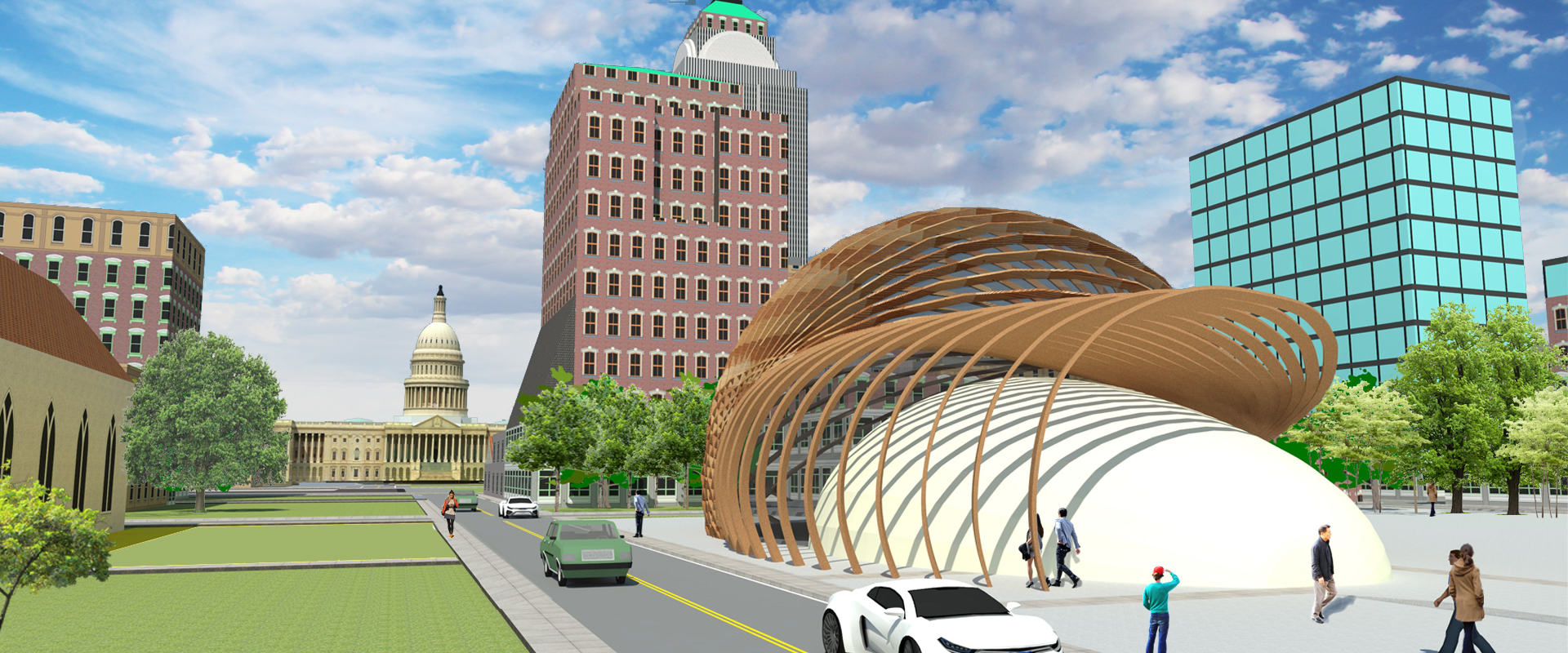

BRIEF INTERPRETATION
The program brief specified “Visitor experience” to be a paramount consideration.We believed the exhibits should be viewed on the backdrop of an environment which represents a completely different world than the one we live in. To make this experientially real, it is proposed to use spherical projection as a medium to be in.
Footprints (2006) was the first spherical movie of its kind.Made for Science on a Sphere, it showcases NASA's exploration, starting on earth and going back in time to the beginning of our universe.

OUR DESIGN CONCEPT AND PROCESS
Both Sci-Fact & Sci-Fi continuously feed each other on the fabric of the Space-Time Continuum. This forms a kind of conduit to cross reference each other. The root of our conceptual thinking was incepted here. This brought us to another idea, that of Dimensional Transcendence.
The idea of a wormhole can fit in here appropriately.
A wormhole, also known as an Einstein–Rosen bridge, is a hypothetical topological feature of space time that would fundamentally be a "shortcut" through space-time.
A wormhole is much like a tunnel with two ends each in separate points in space-time.”
As regions of space-time that constrain the incremental deformation of closed surfaces, this twisted spherical geometry of the structural system derives its form from the above idea.

SITE SELECTION
Two sites had been shortlisted advised by the parameters listed out in the competition brief. Both sites have possibility of TDR.

SPATIAL STUDY AND EXECUTION
The platform of the sphere is divided into 8 parts, one each for the exhibits and one for the entrance. The spherical space is constructed out of Electric smart glass which can be white in color when required and transparent at the flick of a switch. It can be projected upon and taking advantage of this quality spherical projection can be done creating visuals of atmosphere and realms for experiential observation. The concave walls of the exhibit backdrop will also act as display panels.

Architect Carlo Ratti's Local Warming System, which he developed with MIT's Sense-able City Lab, consists of infrared lamps mounted on the ceiling, which tilt and rotate to focus beams of radiation onto people as they pass underneath.It uses motion sensors to focus beams of infrared radiation on people as they move through a building, can be "one order of magnitude more efficient" than traditional methods. You create an infrared radiation that can be focused and concentrated on people," Ratti explains. "As you move the infrared radiation will move with you. The lamps throw light in a parallel way, and they can rotate and focus on a person and then create a local climate around them." The system relies on using motion tracking technology, which can be implemented in a variety of ways. One option, Ratti says, is to use the signals from people's mobile phones to track their position in a building, which means each person could choose their own temperature settings.
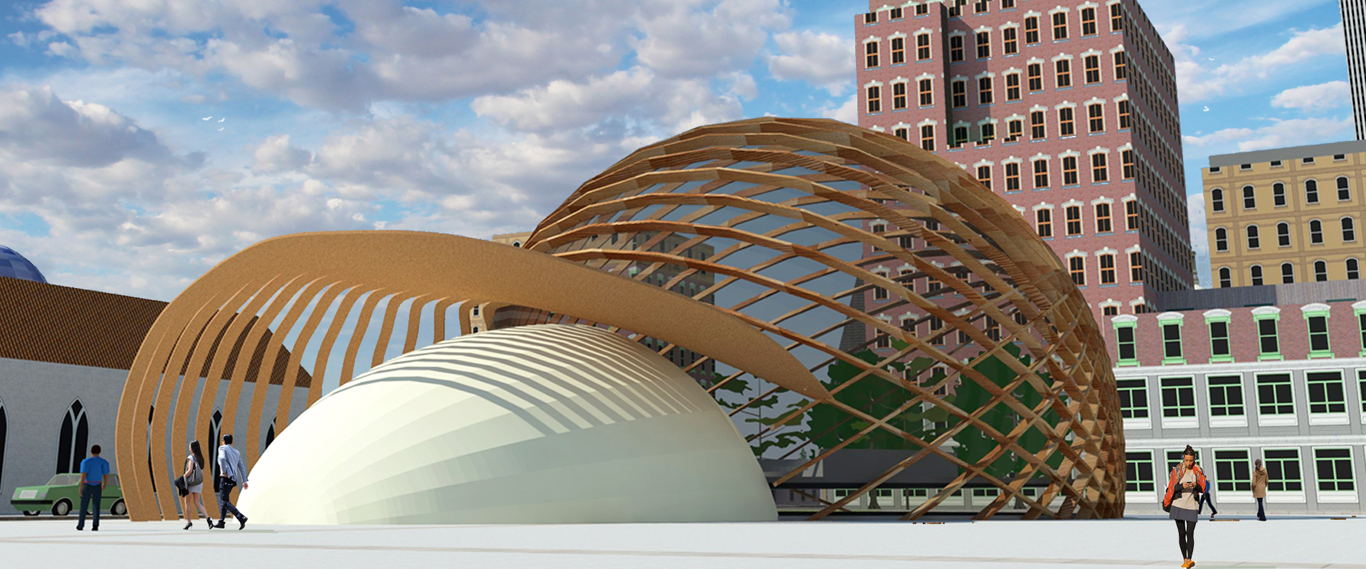
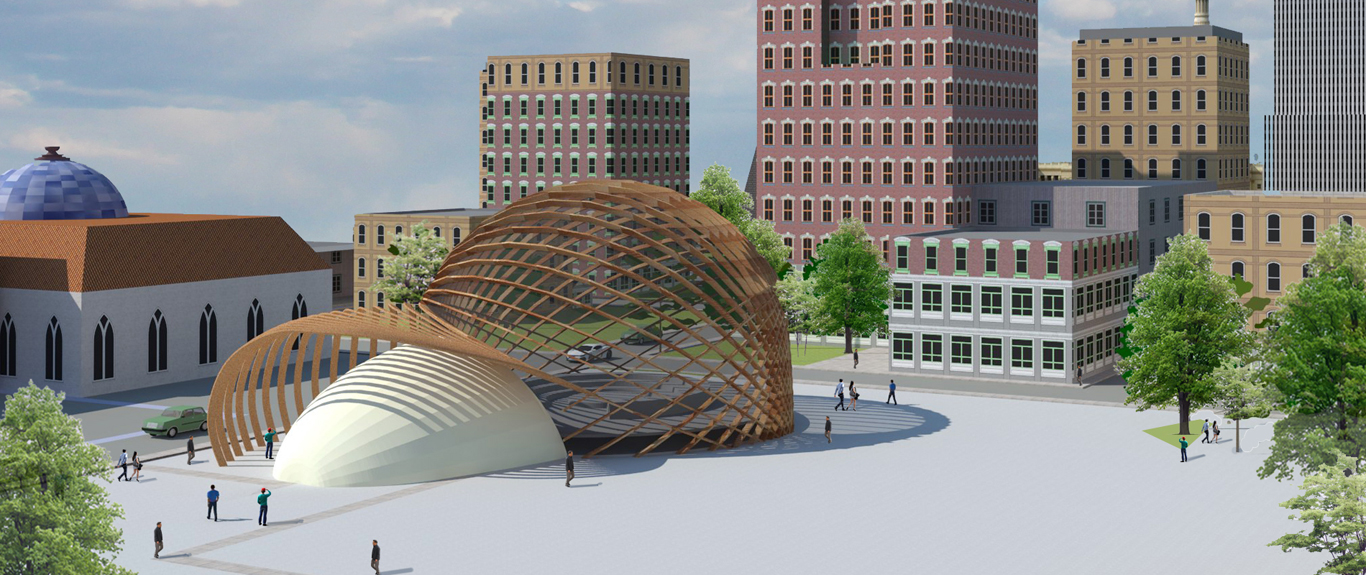
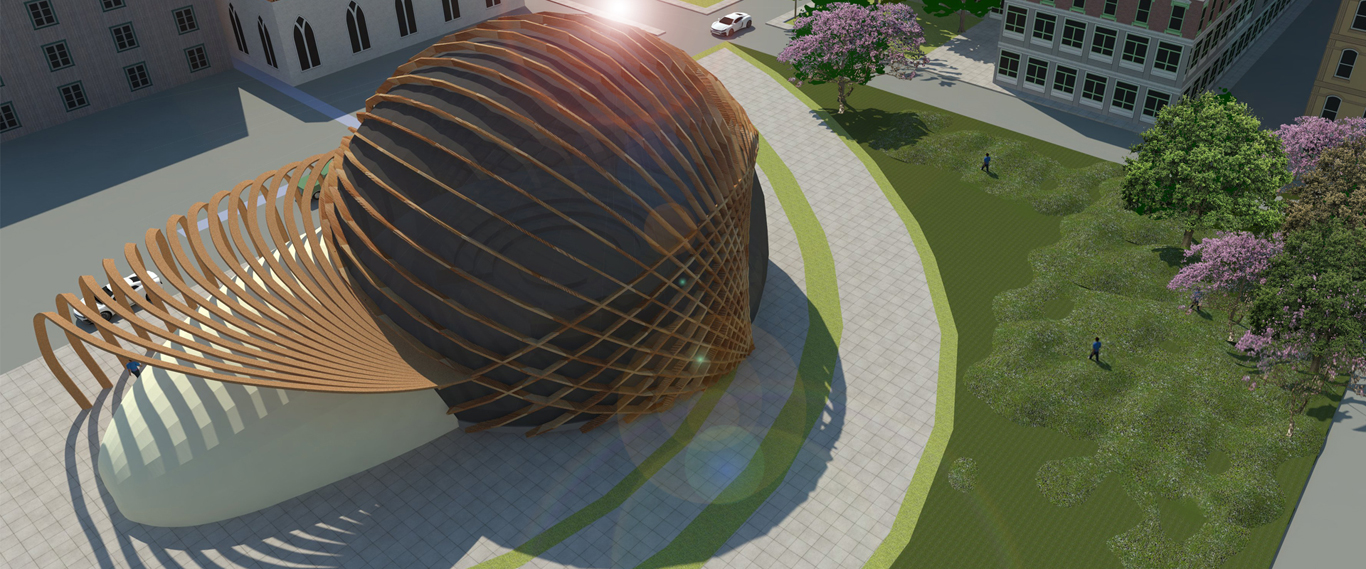
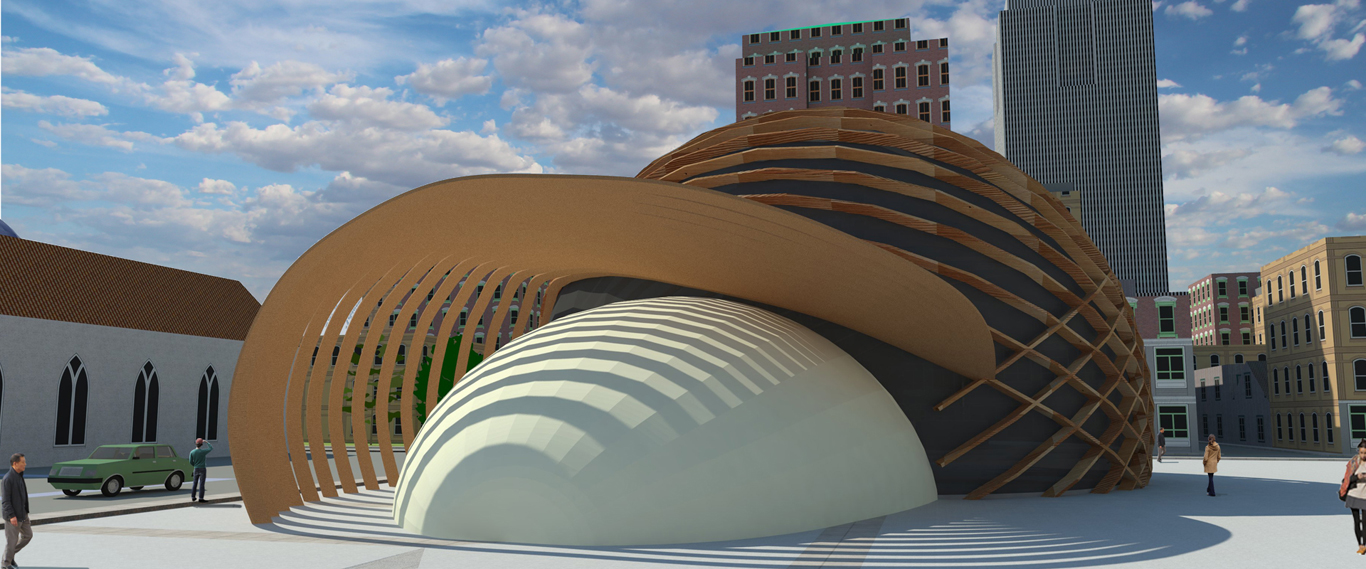
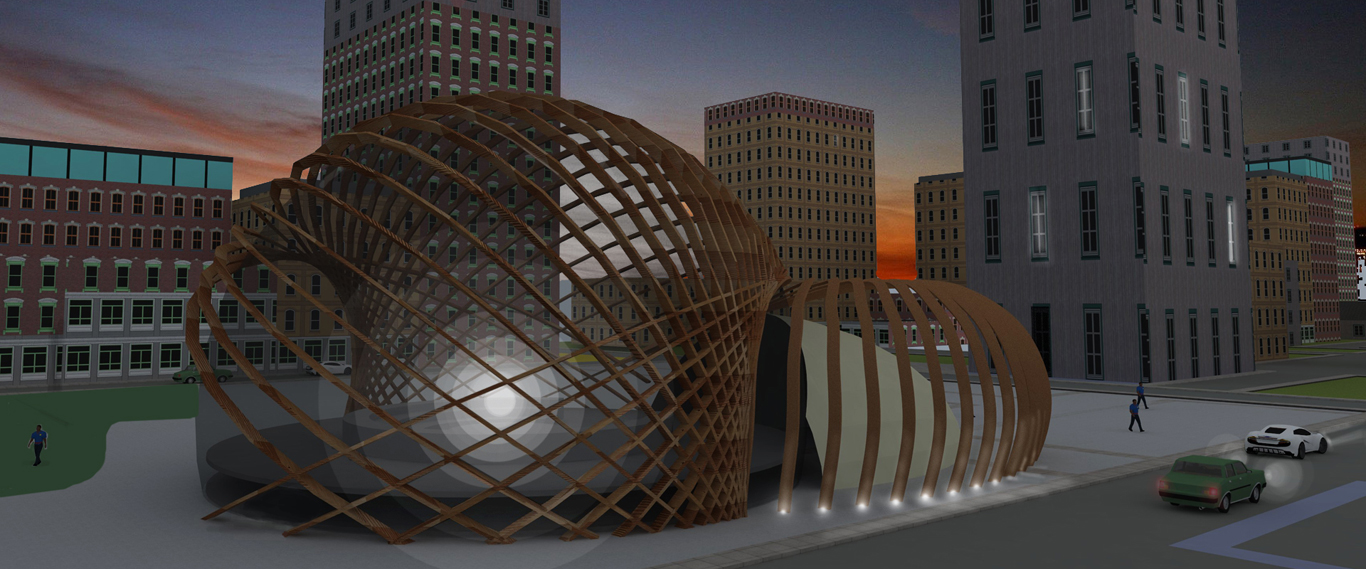
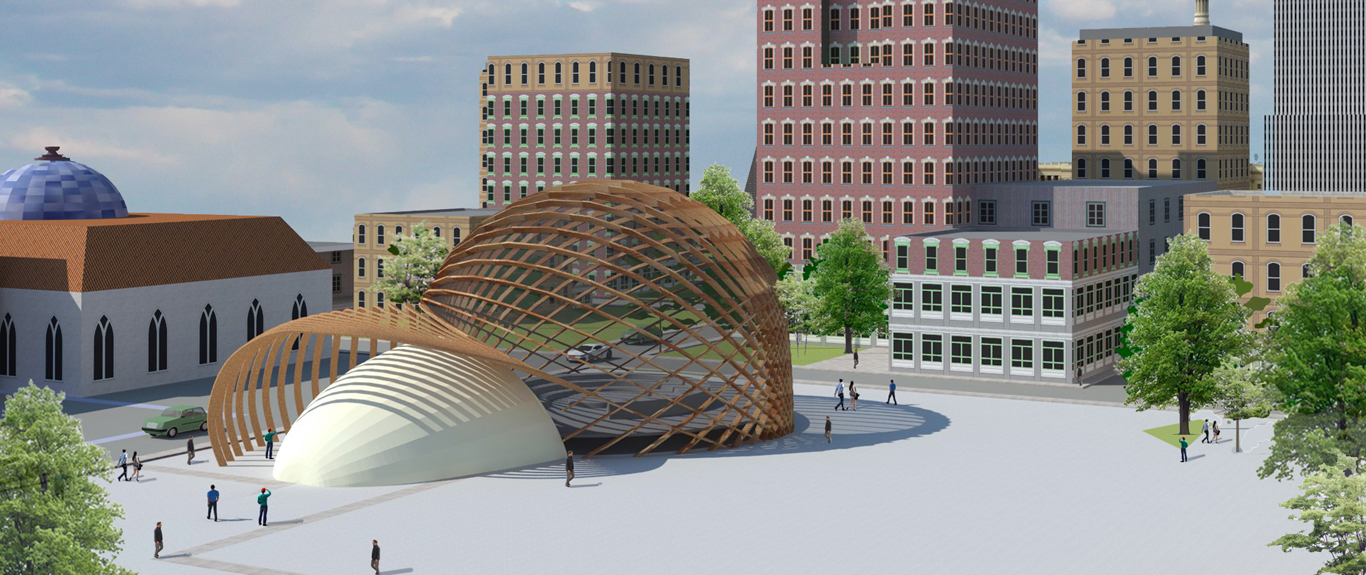
Landmark near Washington Union Station

